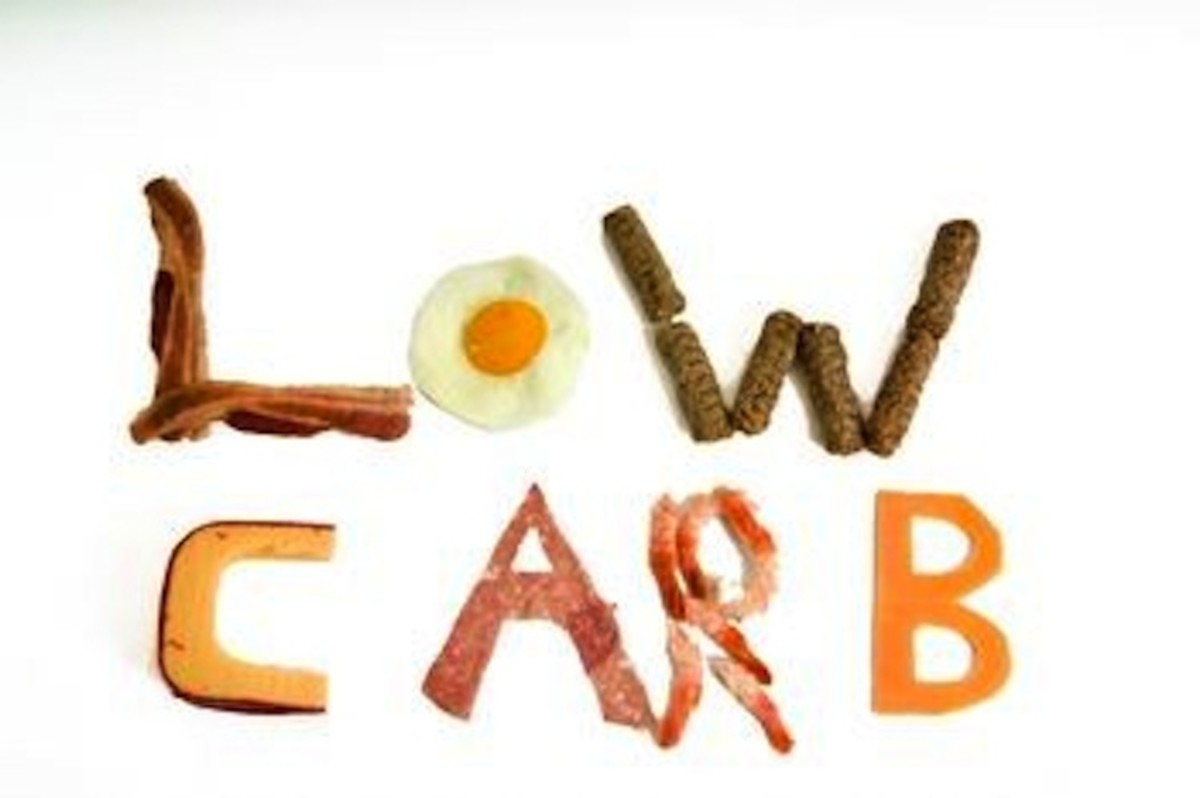Top Five Effective Tips for Ketosis (Keto)
Ketosis is a normal metabolic process that occurs in the body in which the liver begins to convert fat into what are known as ketones. The body then utilizes these ketones as the main source of energy. In order to get your body into this desirable metabolic process, you must adhere to a low-carb diet, to “switch” into this fat-burning mode otherwise known as ketosis.
There are many studies linking diets that promote ketosis to health benefits for those with type 2 diabetes, neurological disorders, and chronic fatigue among others. This diet is also highly effective for those seeking to lose weight. The high-fat, low-carb regimen is known to suppress appetite and promote energy production.
Here are 10 effective tips for getting your body into fat-busting ketosis.
1. Take in Fewer Carbs
This is the most important, yet most difficult part of the keto lifestyle. Those sweet, delicious carbs are hard to give up but if you can keep them under 20g a day, you will start to see the benefits very quickly.
Typically your body uses glucose, a form of sugar from carbohydrates, as its main source of energy. When you deprive the body of that glucose, it is forced to look elsewhere for an energy source. Your body begins to release fatty acids instead and your liver converts these fatty acids into energy, or ketones that can be used as fuel for the brain.
In order to calculate your total carbs, you can use “net carbs” as a counter, which is simply total carbs minus fiber content on the nutritional information label. Most people achieve ketosis within a few days of eating under 20 carbs and slowly re-introduce carbs to their diet. As long as you remain in ketosis, this is okay, however, it is not recommended to take over 40g of carbs per day.
2. Incorporate MCT’s into Your Diet
MCT’s, or medium-chain triglycerides are great little helpers to push your body into ketosis and help you maintain that state. These helpful fats can be immediately taken in by the liver and can easily be converted into energy.
Coconut oil is the easiest and tastiest way to incorporate MCTs into your diet and it may also be helpful for people with Alzheimer’s or other neurological disorders.
A very simple way to take in some of these delightful lipids is to mix a teaspoon of coconut oil in your coffee every morning or even try the Bulletproof Coffee recipe.
3. Step Up Your Exercise!
Being more active and exercising regularly is key to not only ketosis but to maintaining an overall healthy lifestyle. When you exercise, your body turns to the glycogen stores made from carbohydrates into energy. When your carb intake is low, your body has no choice but to turn to ketones for a quick and efficient energy source.
There is also evidence that working out while on a fasting regimen can accelerate the ketosis process. A great way to achieve this is through what is known as intermittent fasting. You can do IF at various levels of intensity, whether it’s fasting for 16, 18 or 20 hours and eating only in the remaining window. Whatever style you chose the idea is to cut down on caloric intake, which will certainly aid in fat loss.
4. Up With the Healthy Fats!
We constantly hear that there are “bad” fats and “healthy” fats but which ones qualify as healthy, and what’s the difference anyway? Olive oil, coconut oil, avocado oil, butter, lard, and tallow are generally considered the “healthy” fats. To clarify, these are the fats that your body can process and use easier and promote appetite suppression due to their slow rate of absorption.
It is important to remember before you begin slathering butter on everything however, that if your goal is weight loss, you still need to be conscious of the number of calories you are consuming.
The general rule with the keto diet is to maintain adequate protein intake with a moderate amount of fat. That way you feel less hungry throughout the day and are less likely to have cravings.
5. Test, Analyze and Adjust
How do you actually know if you are in ketosis or not? Much like the state of nirvana, it depends highly on the individual. Each person is different and it is recommended that you test your levels and make adjustments in your diet to maintain ketosis as long as possible.
There are three types of ketones that show up in your breath, urine or blood - acetone, beta-hydroxybutyrate, and acetoacetate. Acetone is the easiest to detect since it tends to make your breath smell like ammonia or sometimes alcohol (bring a mint).
There are meters such as the Ketonix that can measure ketones on your breath. There are also blood or urine tests that can be found at your local health food store. Generally, our ketone levels are highest in the morning or right after a keto dinner.
It is important to test your levels in order to determine what is working for you and what you need to change.
Whether you are looking to lose weight or simply manage a healthier lifestyle, the ketogenic diet can have benefits for everyone. Be sure to consult with your doctor before making any major lifestyle changes and always follow their advice on health-related issues. Happy keto-ing!








